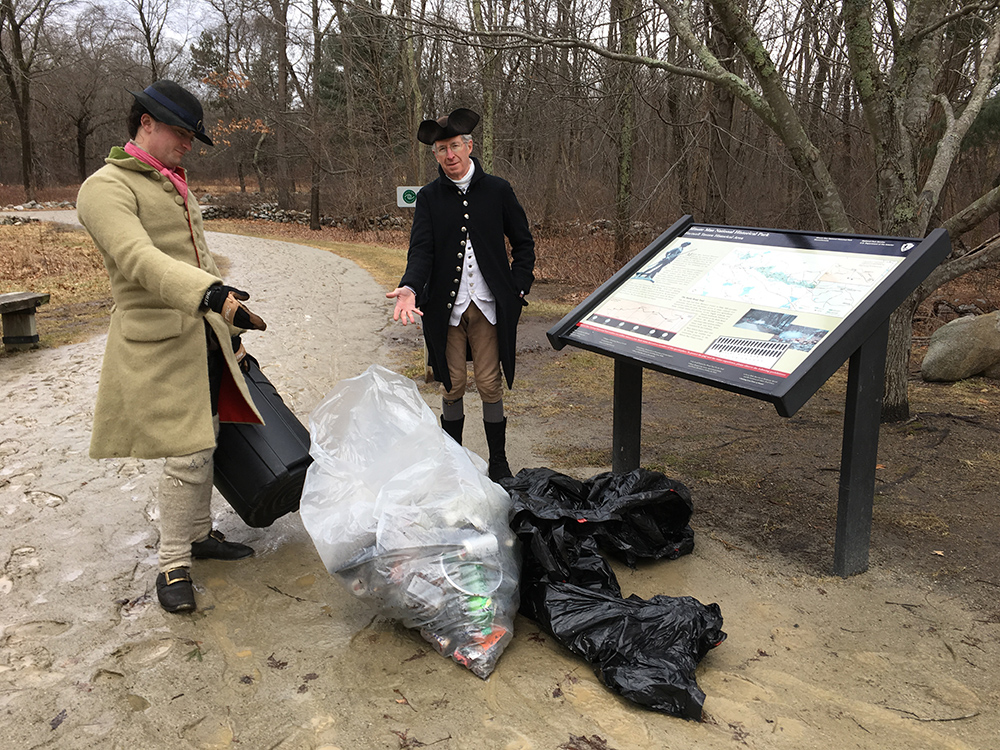
Magic Garden staff along with two of its founders get ready to open the new rooms. Left to right: assistant director Susan Scalisi, director Lori Leo, founding parents Barbara Low and Mary Jo Haggerty, Little Duckling teachers Karen Puglielli and Michele Landurand, and Little Explorer teachers Linda Pham, and Ligaya Ferguson. Click to enlarge, and see more photos below.
The sunny rooms are gleaming with brand-new toys, books, cribs, and tiny chairs—all ready for little children next month and a ribbon-cutting ceremony on Saturday, Feb. 9 at 3:30 p.m.
Staff from the Magic Garden Children’s Center are busy preparing for the March 1 opening of two new rooms in a satellite location at the First Parish in Lincoln’s parish house on Bedford Road. For the first time, Magic Garden will care for babies age 2–15 months in its Little Ducklings room, as well as adding a Little Explorers room for toddlers age 15–24 months. Until now, the youngest kids at Magic Garden’s main Hartwell facility were 15 months old.
Two longtime teachers from the Hartwell facility—Michele Landurand, a pre-K teacher in the Starburst room for 27 years, and Karen Puglielli, a teacher in the Moonbeam room for 25 years—will staff the new rooms, along with two teacher aides.
Magic Garden has two rooms of its own in the parish house and will share two other rooms with the church’s education program. The renovations maximize the space with folding and sliding doors, and a wide exterior door was put in place of a window in case of emergency, when teachers will put the infants in one or two wheeled cribs and roll them outside.
One of the shared rooms has a wall-height bulletin board on wheels that can be swung back and forth 180 degrees for use by either set of children. Margit Griffith, the education director at First Parish, will lead Magic Garden’s music class, and there are also plans afoot to involve seniors (“grandfriends”) from the Council on Aging across the street.
Click images below to see larger versions. Photos by Alice Waugh.
[Best_Wordpress_Gallery id=”108″ gal_title=”Magic Garden”]







